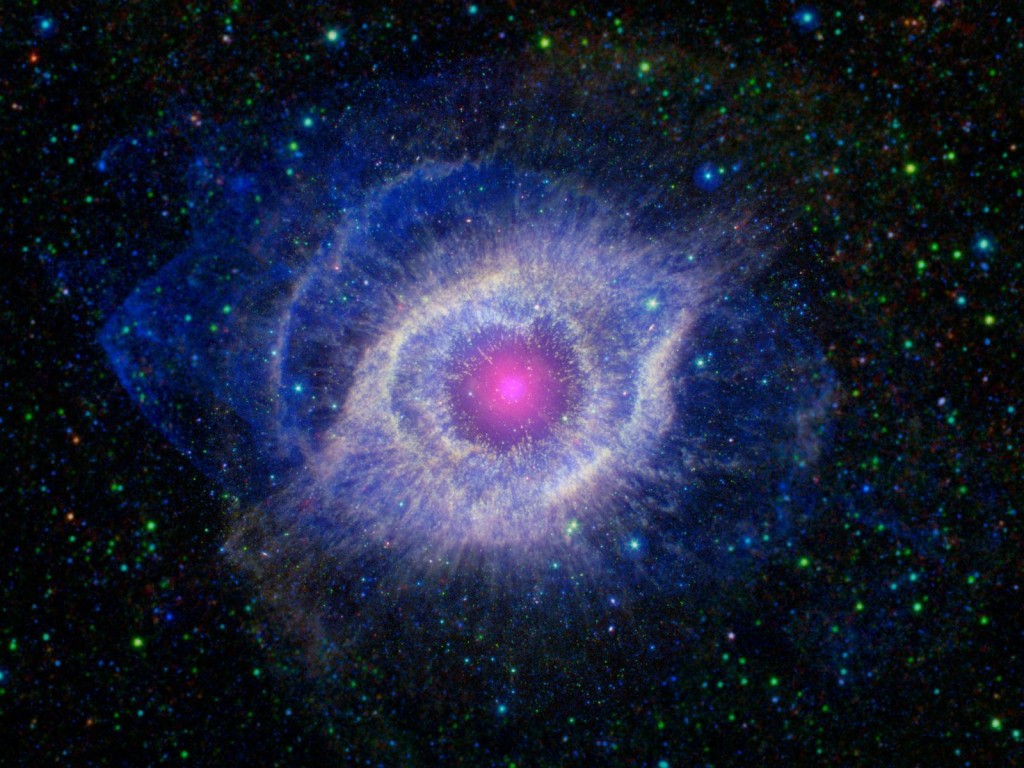Is the universe self aware? This may seem like the object of theological musing, but its now a serious question among a group of physicists according to a story at NBC News.
“For centuries, modern science has been shrinking the gap between humans and the rest of the universe, from Isaac Newton showing that one set of laws applies equally to falling apples and orbiting moons to Carl Sagan intoning that “we are made of star stuff” — that the atoms of our bodies were literally forged in the nuclear furnaces of other stars.
Even in that context, Gregory Matloff’s ideas are shocking. The veteran physicist at New York City College of Technology recently published a paper arguing that humans may be like the rest of the universe in substance and in spirit. A “proto-consciousness field” could extend through all of space, he argues. Stars may be thinking entities that deliberately control their paths. Put more bluntly, the entire cosmos may be self-aware.”
This is different than the Christian idea that an intelligence (God) created the universe. Matloff is building on ideas of panpsychism which sees a correlation between the rules of quantum physics as they apply in the spaces between neurons in the brain and the structures found in the universe, such as stars.
“In 2006, German physicist Bernard Haisch, known both for his studies of active stars and his openness to unorthodox science, took Penrose’s idea a big step further. Haisch proposed that the quantum fields that permeate all of empty space (the so-called “quantum vacuum”) produce and transmit consciousness, which then emerges in any sufficiently complex system with energy flowing through it. And not just a brain, but potentially any physical structure”
To test his theory, Matloff examined the movement of stars for signs of intention in their movements.
“[H]e zeroed in on a little-studied anomaly in stellar motion known as Paranego’s Discontinuity. On average, cooler stars orbit our galaxy more quickly than do hotter ones. Most astronomers attribute the effect to interactions between stars and gas clouds throughout the galaxy. Matloff considered a different explanation. He noted that the anomaly appears in stars that are cool enough to have molecules in their atmospheres, which greatly increases their chemical complexity.
Matloff noted further that some stars appear to emit jets that point in only one direction, an unbalanced process that could cause a star to alter its motion.”
Matloff understands that his theories are challenging to many physicists, but, he says; “Shouldn’t we at least be checking? Maybe we can move panpsychism from philosophy to observational astrophysics.”

